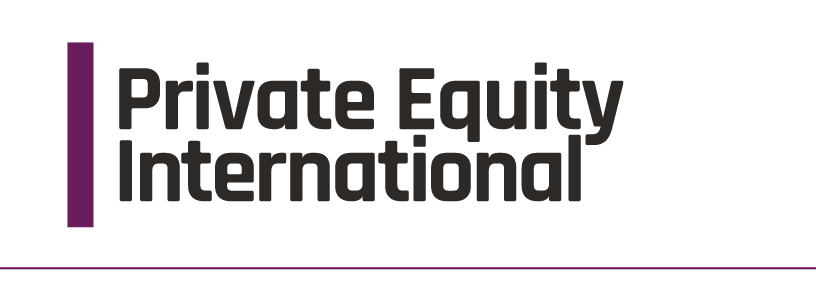Side Letter: PE’s fossil fuel engagement; MainePERS’ allocation cuts; Mercury’s A$1bn
Welcome back! We hope you had a restful break. In today's brief, Capital Dynamics explains why net-zero pledges and fossil fuel investments don't need to be mutually exclusive. Plus: MainePERS takes the rare step of proposing an allocation decrease for private equity. For our valued subscribers only.





